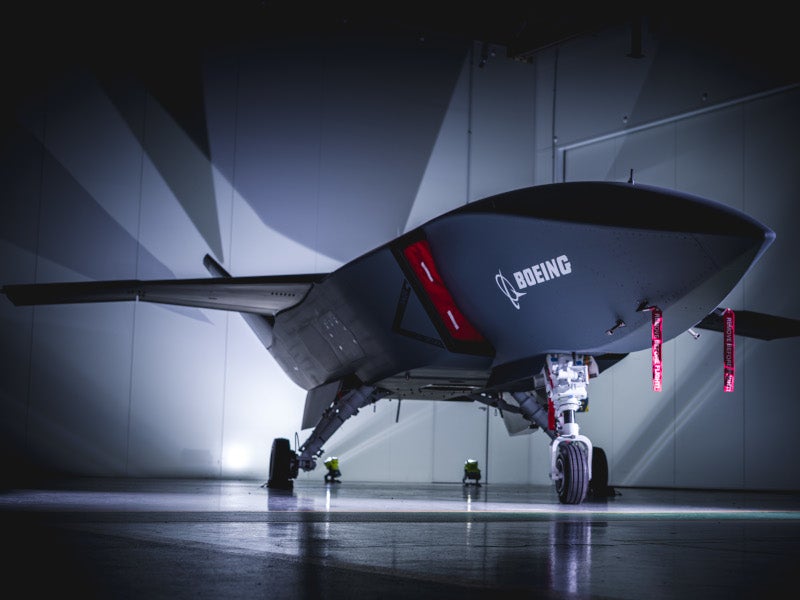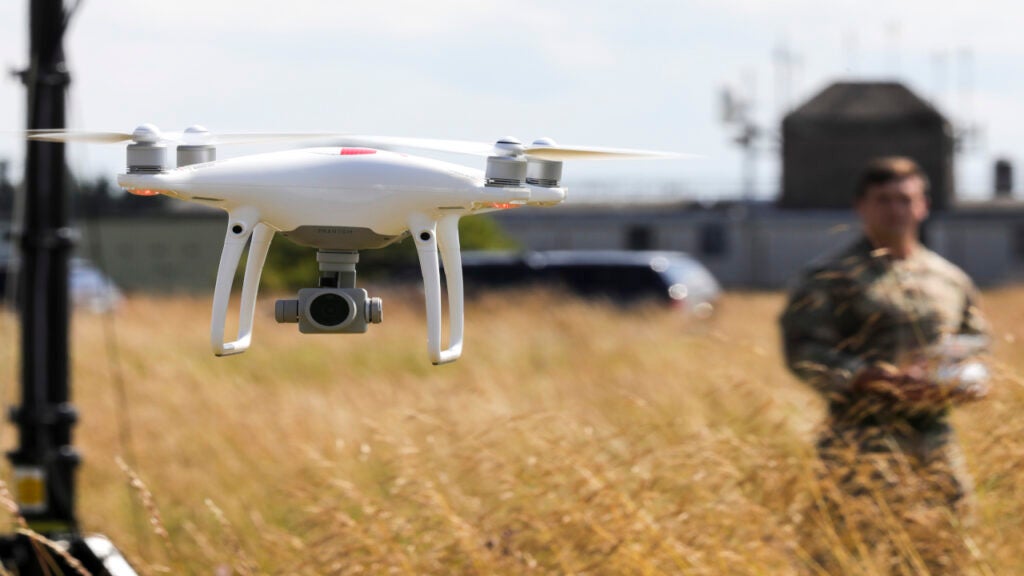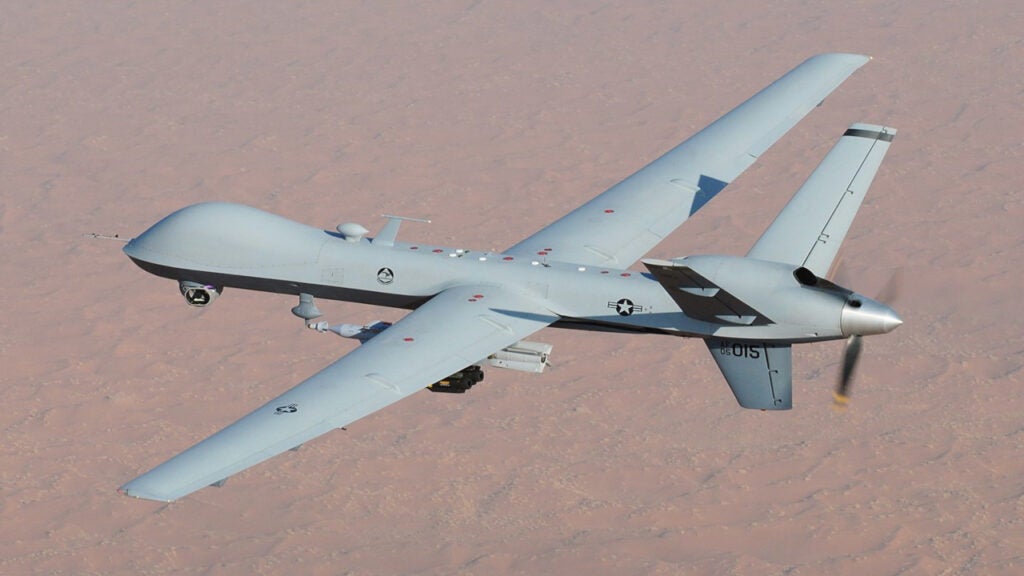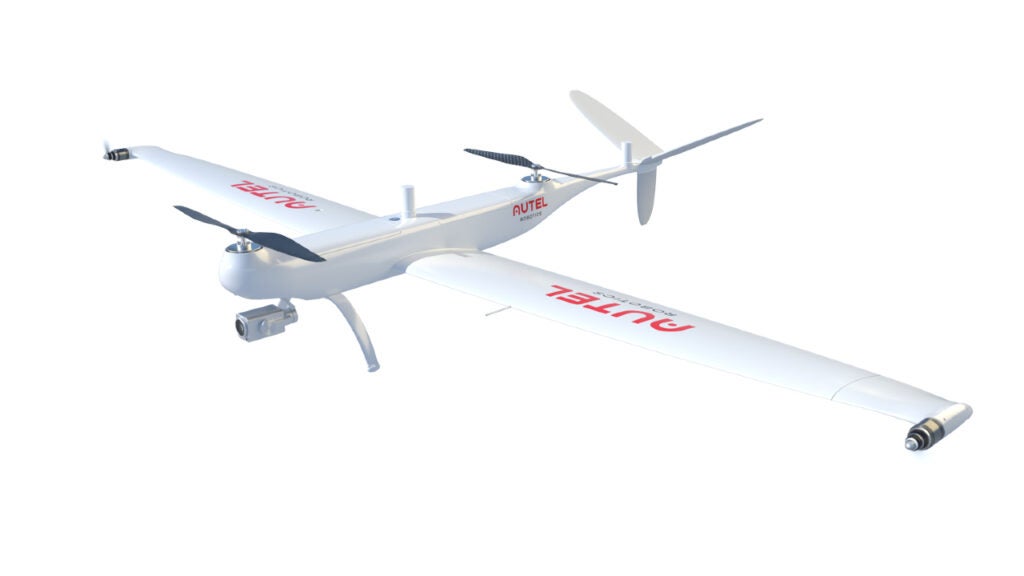
Loyal Wingman is a new unmanned aerial vehicle (UAV) being developed by Boeing Australia in collaboration with the Royal Australian Air Force (RAAF).
The advanced unmanned system will be able to fly alongside the existing manned aircraft and will use artificial intelligence (AI) to conduct teaming missions. It is capable of performing surveillance, reconnaissance, and early warning missions.
The UAV is being built as a part of the Loyal Wingman – Advanced Development Programme. It will be used for safeguarding and supporting Australia’s most valuable combat aircraft such as Joint Strike Fighters (JSF), Super Hornets and Growlers and their pilots. The unmanned aircraft will also help in enhancing the agility and capability of the Australian Defence Force.
The Australian Government invested up to A$40m ($25.6m) for the development of the Loyal Wingman aircraft. It is also Boeing’s largest investment in a new unmanned aircraft programme outside the US.
The first flight of the aircraft is expected to be completed in the second half of 2020.
The Loyal Wingman programme created nearly 100 high-tech jobs in Australia which helped in recovering the economy during the COVID-19 pandemic.
Loyal Wingman development details
The unmanned aircraft is a concept demonstrator of Boeing Airpower Teaming System (ATS) which is being developed by Boeing Australia for the global defence market. ATS is Boeing’s first defence platform to be designed and built in Australia in more than 50 years.
Boeing introduced the UAV at the Australian International Airshow in February 2019. The company unveiled the first unmanned Loyal Wingman aircraft to the RAAF in May 2020.
The first of the three prototypes for Australia’s Loyal Wingman Advanced Development Programme also serves as a foundation for the ATS.
The major fuselage structural assembly of the unmanned aircraft was completed in February 2020. The aircraft stood on its landing gear and its electrical system was powered for the first time in April 2020.
The unmanned aircraft now moved to the next stage for the installation of systems and functional testing.
Loyal Wingman design and features
The fuselage of Loyal Wingman is made of composite materials by using an advanced resin-infusion process resulting in lighter and durable platform. Digital engineering and advanced composite materials will further help in achieving cost and agility goals of the aircraft.
The drone has a length of 11.7m and wingspan of 7.3m. The UAV will have the capability to fly at a subsonic speed and attain a range of more than 2,000nm.
The autonomous aircraft will be capable of flying independently with the use of AI and will maintain a safe distance from manned aircraft. It will be integrated with sensor packages which allow intelligence, surveillance and reconnaissance (ISR), and tactical early warning missions.
The nose section of the aircraft can be reconfigurable with different sensor payloads to rapidly perform suitable missions. It is 2.5m long and will offer a storage volume of more than 1.5m3.
The unmanned aircraft system will be fitted with sensors to be placed in swappable modules. It allows a manned aircraft to simultaneously carry out surveillance, navigation, and tactical operations with the help of modular ATS payloads aboard multiple drones.
Contractors involved
BAE Systems is responsible to supply management solution and simulation capability for the unmanned aircraft. It also provides flight control computers and navigation equipment for the drone.
Ferra Engineering was selected by Boeing for delivering precision machine components and sub-assemblies for the aircraft.
Micro Electronic Technologies is responsible to deliver wiring looms for the UAV, while RUAG Australia supplied the landing gear system for Loyal Wingman.
Other contractors involved in the project include AME Systems and Allied Data Systems as well as other suppliers in Australia.



